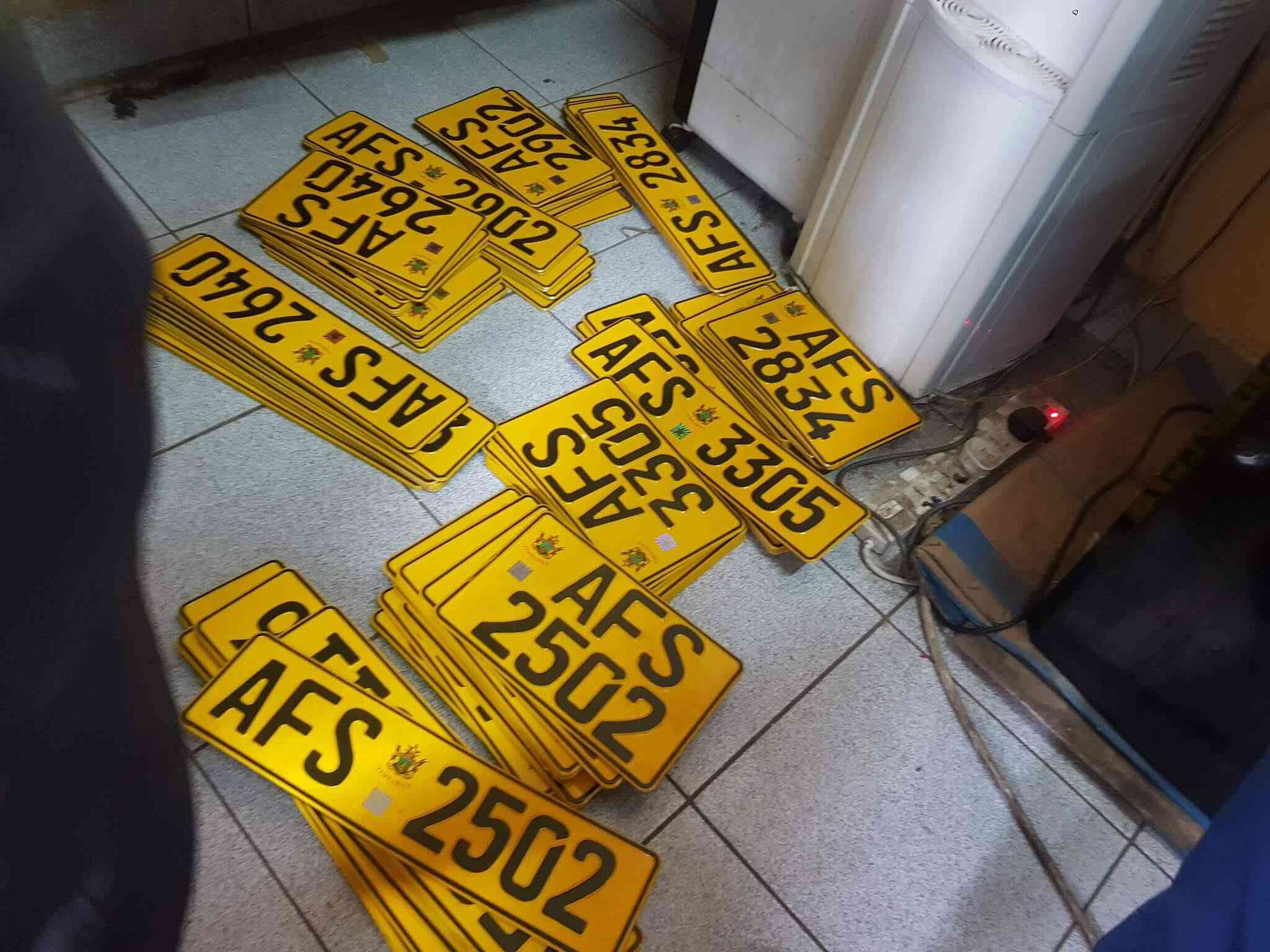
LATEST statistics availed by the Zimbabwe National Statistics Agency (ZimStat) show that Zimbabwe’s economy is fast dollarising with 78% of transactions for food purchases now being done in foreign currency.
Findings of the eighth round of the Rapid Poverty, Income, Consumption and Expenditure Surveys (Pices) reveal that only 21% of food purchase transactions were done in local currency.
The results covered the period July 20 to August 17, 2022, comparing them to results of findings of the seventh round in June 2022.
The eight-round results were drawn from a sample size of 1 145 households.
“Round eight also collected data on prices and currency of transaction for key food items namely maize meal, cooking oil, rice, beef, and bread. At national level, more than 78% of the transactions on food purchases were in US dollars or South African rand, while about 21% occurred in local currency,” the report reads.
“The use of foreign currency was higher in rural areas than in urban areas. The use of USD was the highest for the purchase of beef and maize meals. The survey collected data on the availability of basic commodities such as maize meal, cooking oil, rice, beef and bread in both rural and urban areas,” read the report.
This comes as the Reserve Bank of Zimbabwe (RBZ)’s foreign currency auction results for Tuesday revealed that the local currency is on a free-fall against the greenback, trading at $805 to the United States dollar officially, up from $735.
On the parallel market, the local currency is trading at $1 200 to the greenback.
- Mavhunga puts DeMbare into Chibuku quarterfinals
- Bulls to charge into Zimbabwe gold stocks
- Ndiraya concerned as goals dry up
- Letters: How solar power is transforming African farms
Keep Reading
RBZ governor John Mangudya last week said the country had received a record US$11,6 billion foreign currency in 2022 against payments of US$8,6 billion. The central bank also said “about 70% of domestic expenditure is in US dollars and foreign currency deposits and loans constitute about 65% of total banking sector deposits”.
In its survey report, ZimStat also noted that: “All basic commodities were readily available in urban areas with at least 95% of respondents confirming availability. In rural areas, availability ranged from 52% for beef to 96% for cooking oil. The commodities that are readily available in rural and urban areas were cooking oil, rice and bread.”
On the Pices survey to measure the socio-economic impact of COVID-19 on Zimbabwe done with financial support from the World Bank and Unicef, Zimstat said it revealed that 24% households in the country needed medicines or treatment in round eight compared to 22% in round seven.
“At national level, the proportion of households of those that needed medicine and were able to buy medicine decreased from 75% to 74% in round eight. Forty-one per cent (41%) of the households expressed willingness to buy maize meal in round eight, representing a six percentage point decrease from round seven.
“The share of households willing to buy cooking oil slightly increased to 68% in round eight, from 65% in the previous round.
“At national level, the proportion of households that were able to buy cooking oil decreased from 58% in round seven to 55% in round eight. The proportion of households that were willing to buy chicken was 43% in round eight compared to 45% in round seven,” ZimStat added.










